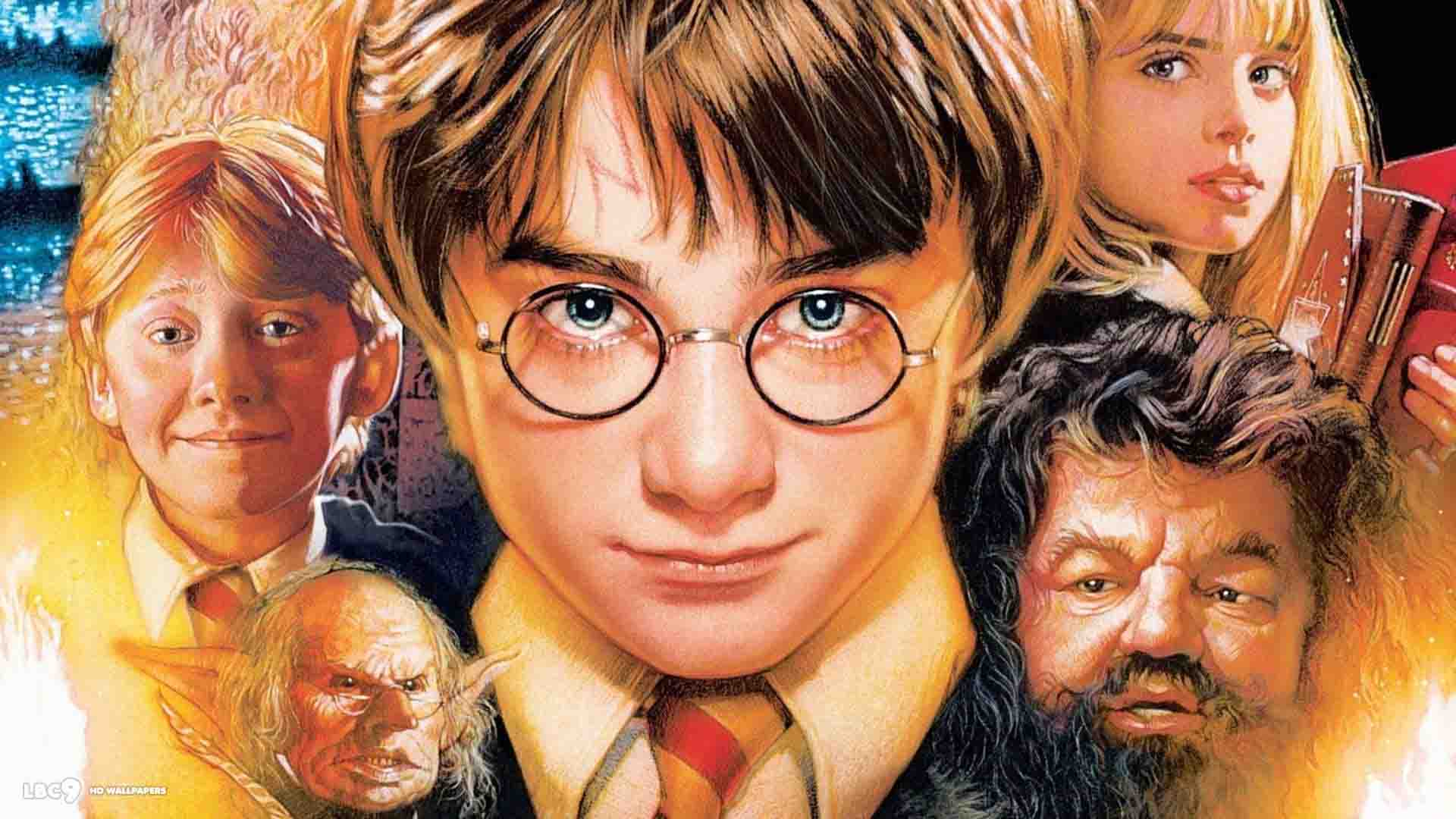By Leora Nessim
Twenty
years ago today, Harry Potter and the Sorcerer’s Stone was
published. Why this is a landmark is worth noting. Over the course of the last
two decades, this magical series has had a profound impact on pop culture.
Harry
Potter has
built and retained an incredibly large and loyal fan base, allowing it to
expand out of the literary world and into movies, theater, and theme parks.
After inspiring a generation of kids to love reading and becoming the
best-selling book series in history, Harry Potter has proven,
once again, that captivating storytelling can lead to a worldwide sensation.
The
series evolved in ways no one could have expected when it was first released.
The books entranced readers and audience members, fundamentally shifting the
public sphere. Harry Potter was so popular among readers that
“The New York Times” had to create a separate best-sellers list for Children’s
Books and then Children’s Book Series when Harry Potter continued
to dominate. The fervor Harry Potter caused in the Young Adult
Literature world led to series like The Hunger Games, Percy Jackson,
Twilight, and Divergent to also be featured on The
New York Times’ Children’s Book Series list.
Although
the final book was published in 2007, and Deathly Hallows Part 2 was
released in 2011, the Harry Potter fandom is still alive and
well. Harry Potter and the Cursed Child is currently on stage
in London’s West End, with plans to expand onto Broadway in 2018, and the first
of several Fantastic Beasts and Where to Find Them movies has
already been released. Further, an interactive website, Pottermore, allows
users to get officially sorted into Hogwarts houses and discover their
patronuses, while performing digital spells and creating potions for house
points. The fictional game of Quidditch has also emerged into the real world,
with college Quidditch clubs across the nation. The UCLA Quidditch team was
even chronicled in a documentary, “Mudbloods,” released in 2014.
Harry
Potter continues
to make headlines by embracing and supporting fan engagement, from the midnight
book releases that became the norm upon Goblet of Fire (the
fourth in the series) being published, to the Guinness World Record for most
Harry Potter look-a-likes in one place being broken this past week.
The
Harry Potter phenomenon really is about the art of storytelling and about
developing it in a way that captures the imagination of the reader. It is an
art that can—and should—translate into everyday life, across diverse
disciplines.






